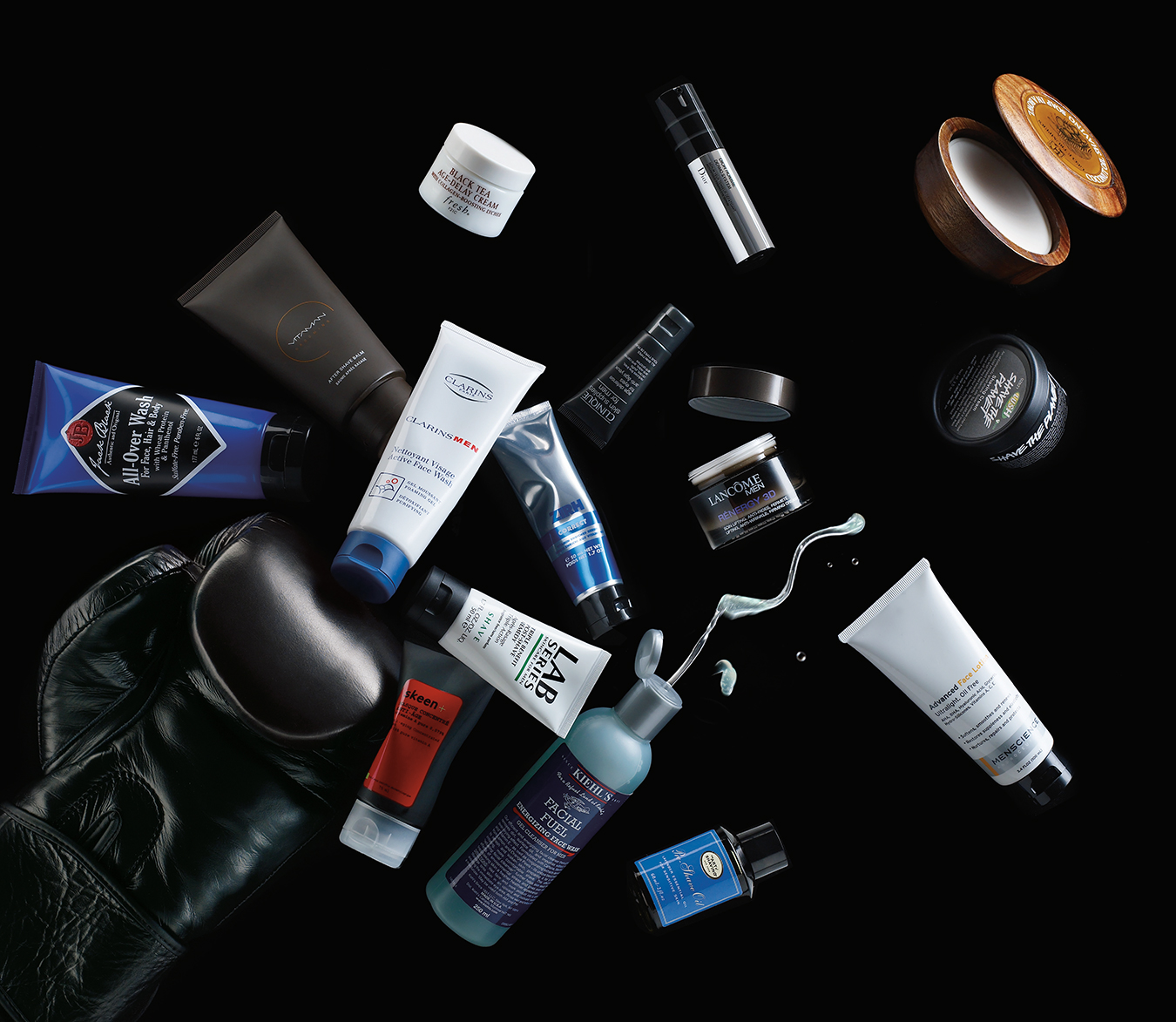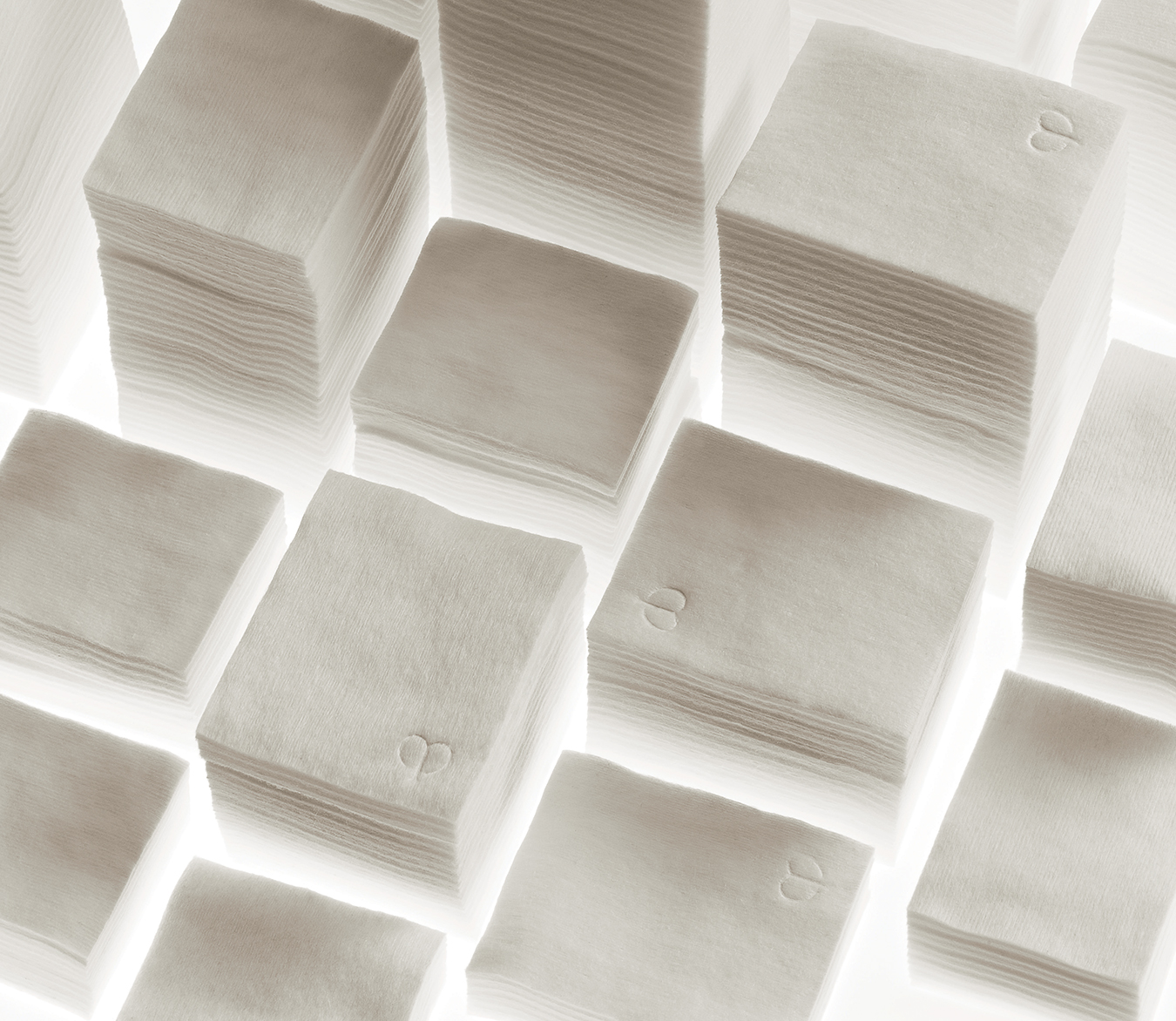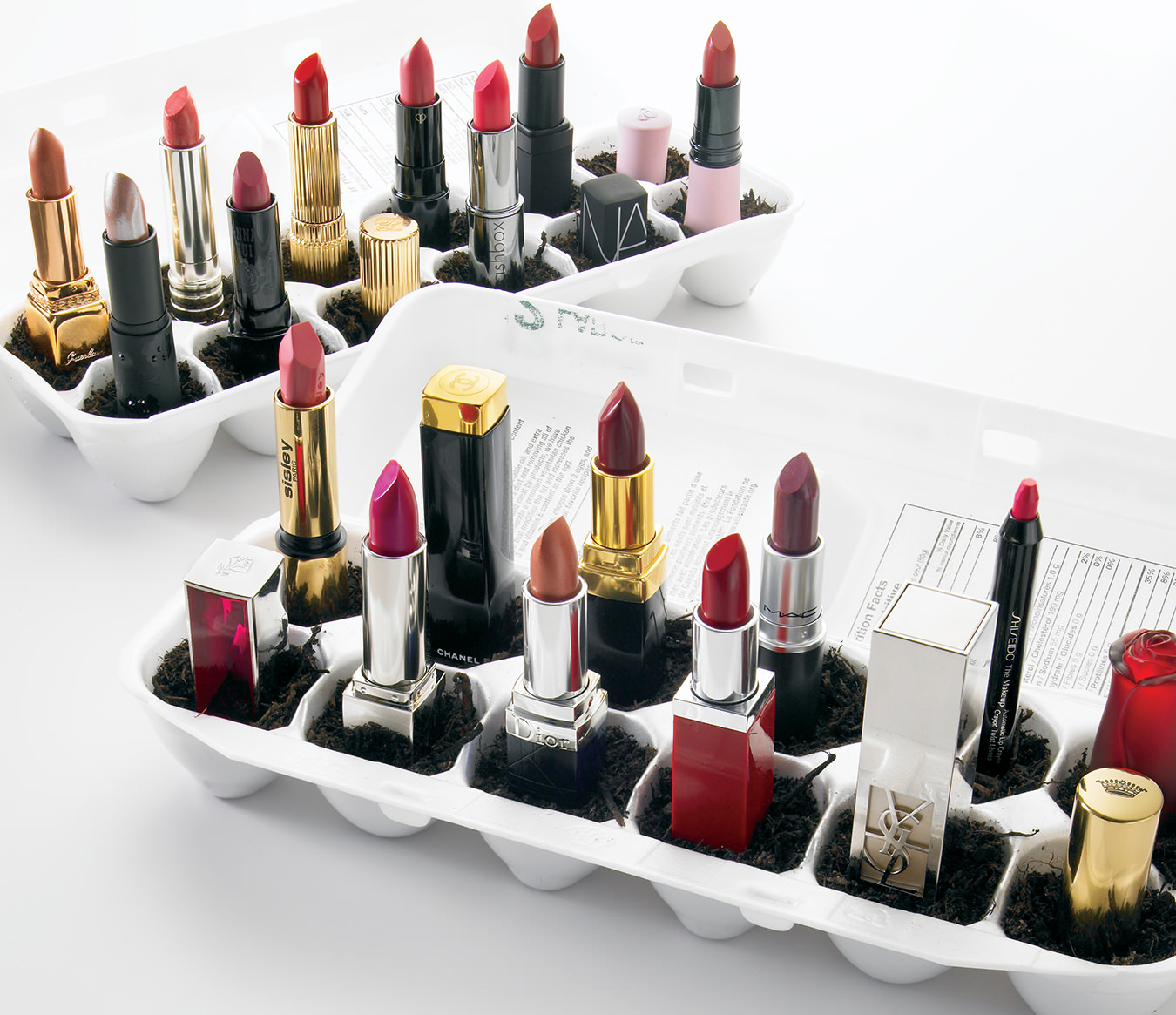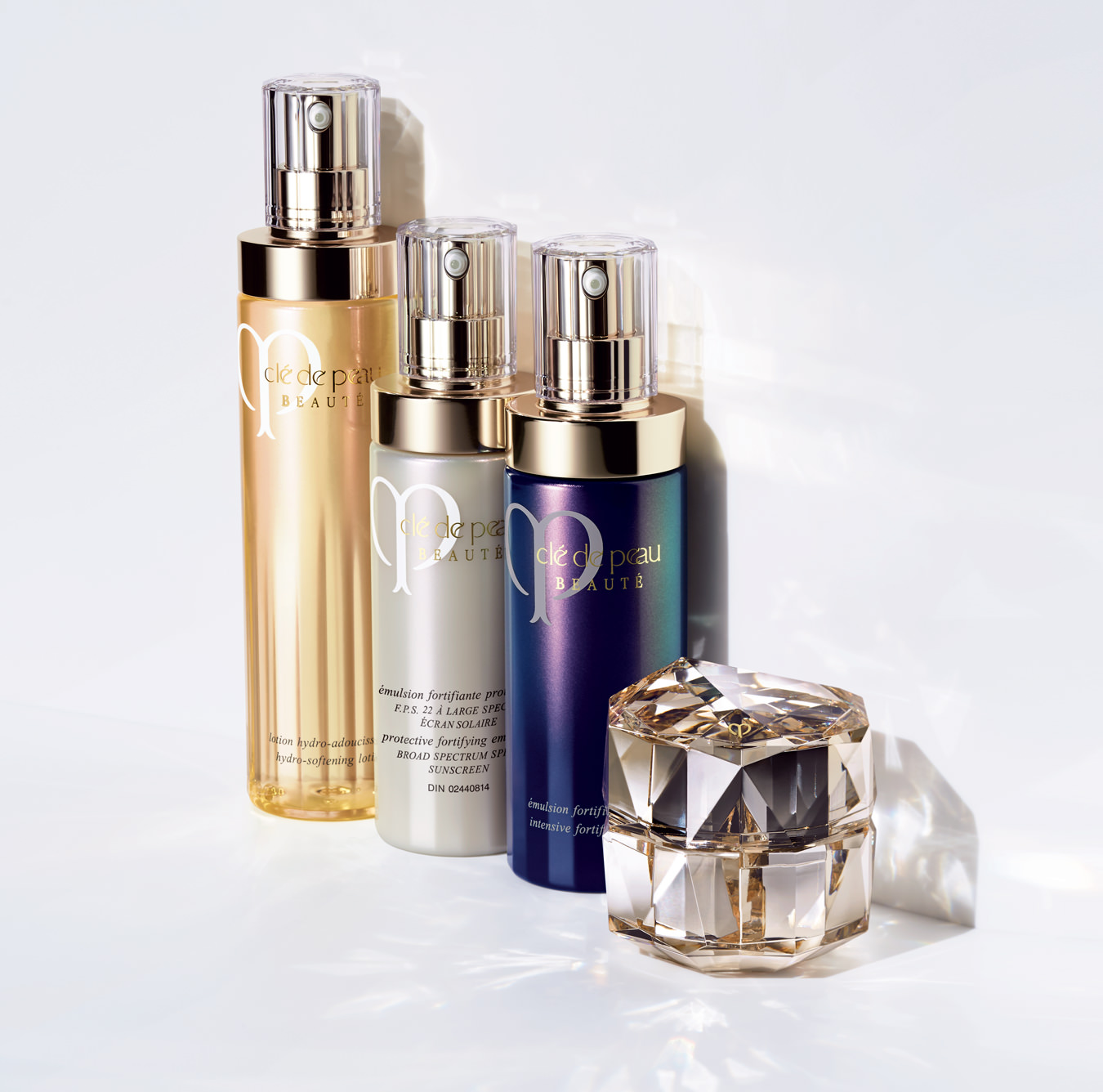How and Why to Use Environmentally Conscious, Ethical Glitter
All that glitters is not good.
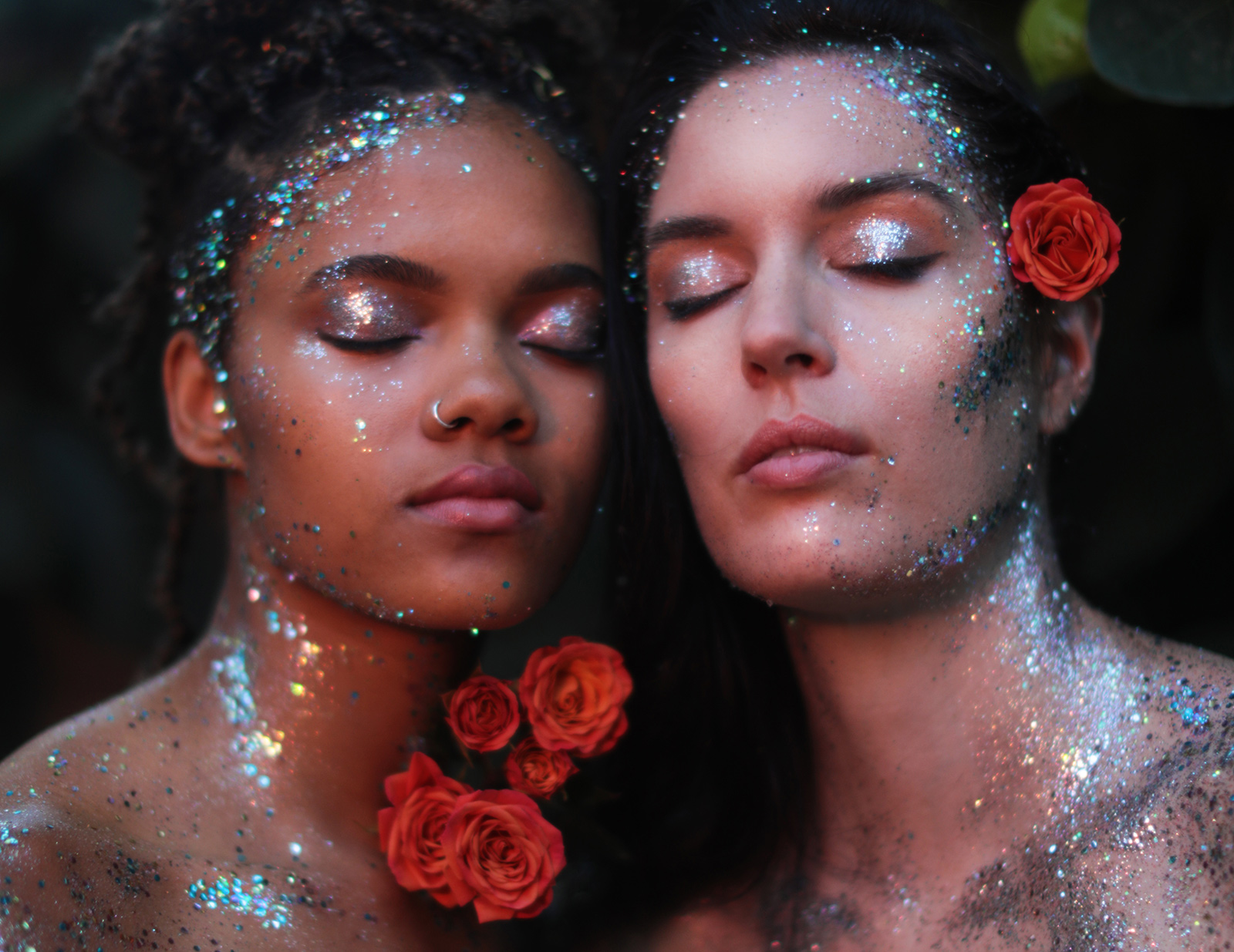
It shone almost as bright as Zendaya in HBO’s Euphoria, and it dazzled on the runways at Dries Van Noten, Rodarte, and Valentino Couture.
Glitter is back, and the holiday season is the perfect time to make like a disco ball, with a couple of tiny caveats: It’s horribly difficult to wear, and some of it is terrible for the environment.
Much of the glitter we find in cosmetics or craft is plastic, and it’s getting into our ecosystem. Last year’s ban on microplastics doesn’t solve the problem, since it seems to refer specifically to microbeads – those little plastic balls we used to find in exfoliants.
It can be hard to work out if a product contains plastic glitter. “If it isn’t easily apparent, consumers should be asking questions about the products they are looking to purchase and look into what that product may contain,” says Heather Deeth, North America Buying Manager at Lush.
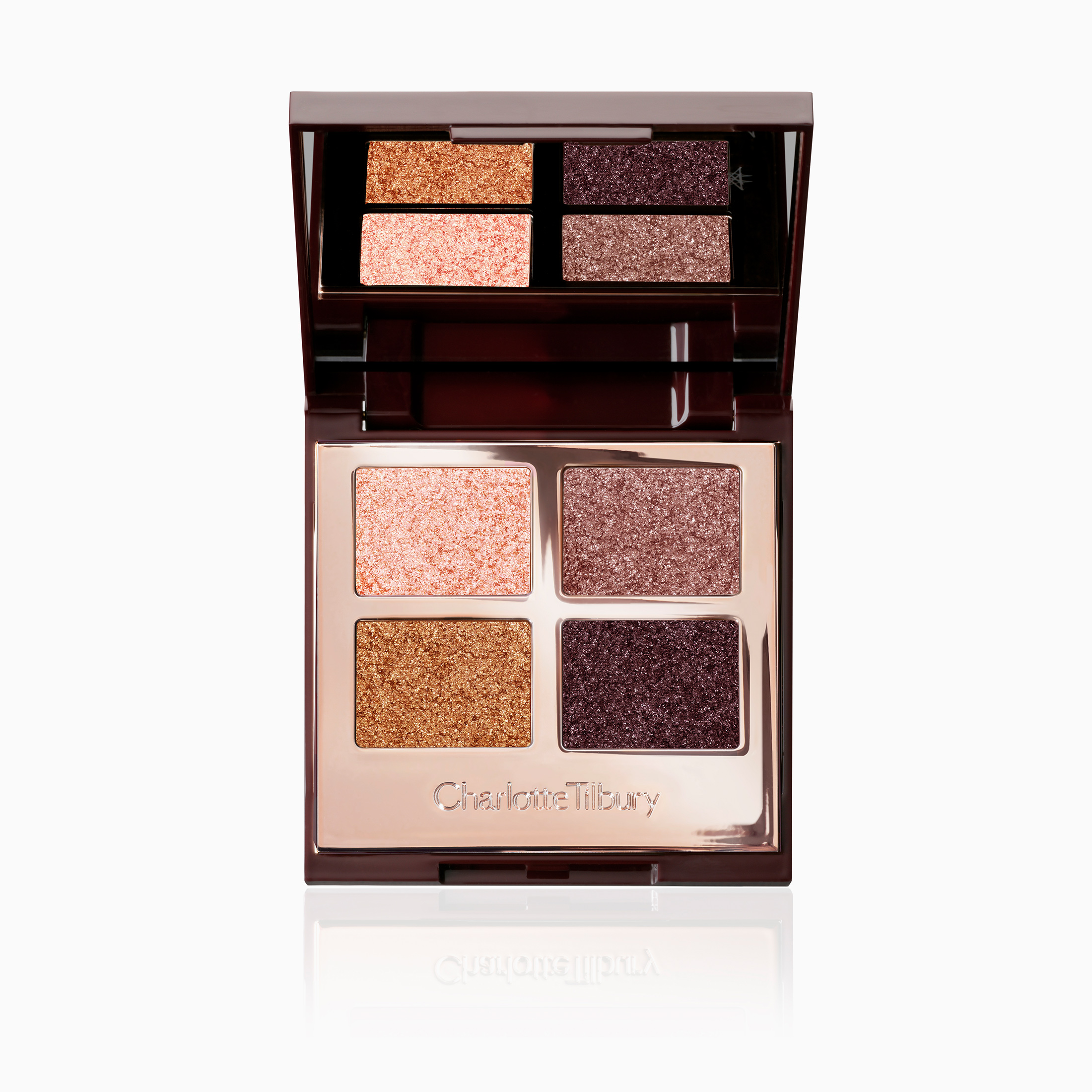
Charlotte Tilbury has declared that its mica is ethically sourced.
There are ways to get the glittery effect without plastic: Mica, a naturally occurring mineral, is one. It should be noted, though, that this material is controversial because of ethical issues surrounding its mining. LVMH and brands like Shiseido and L’Oreal have signed up to the Responsible Mica Initiative to try and ensure traceability of the ingredient while Charlotte Tilbury has declared that its mica is ethically sourced. Others, including LUSH and the new Victoria Beckham Beauty, eliminate the problem completely by using synthetic mica, aka synthetic fluorphlogopite. All mica is made from natural minerals, therefore not harmful to waterways.
But then there’s L.A.-based Universal Soul, which has developed a biodegradable glitter that is better than mica for blingy effects. “Our unique formula is made from sustainably forested eucalyptus trees and is biodegradable as well as compostable,” says brand founder Raja Sun. “It’s also super lightweight and soft on your skin compared to plastic glitter. We love this because it doesn’t feel like you have a layer of gunk on your face while sporting your sparkly vibe.”
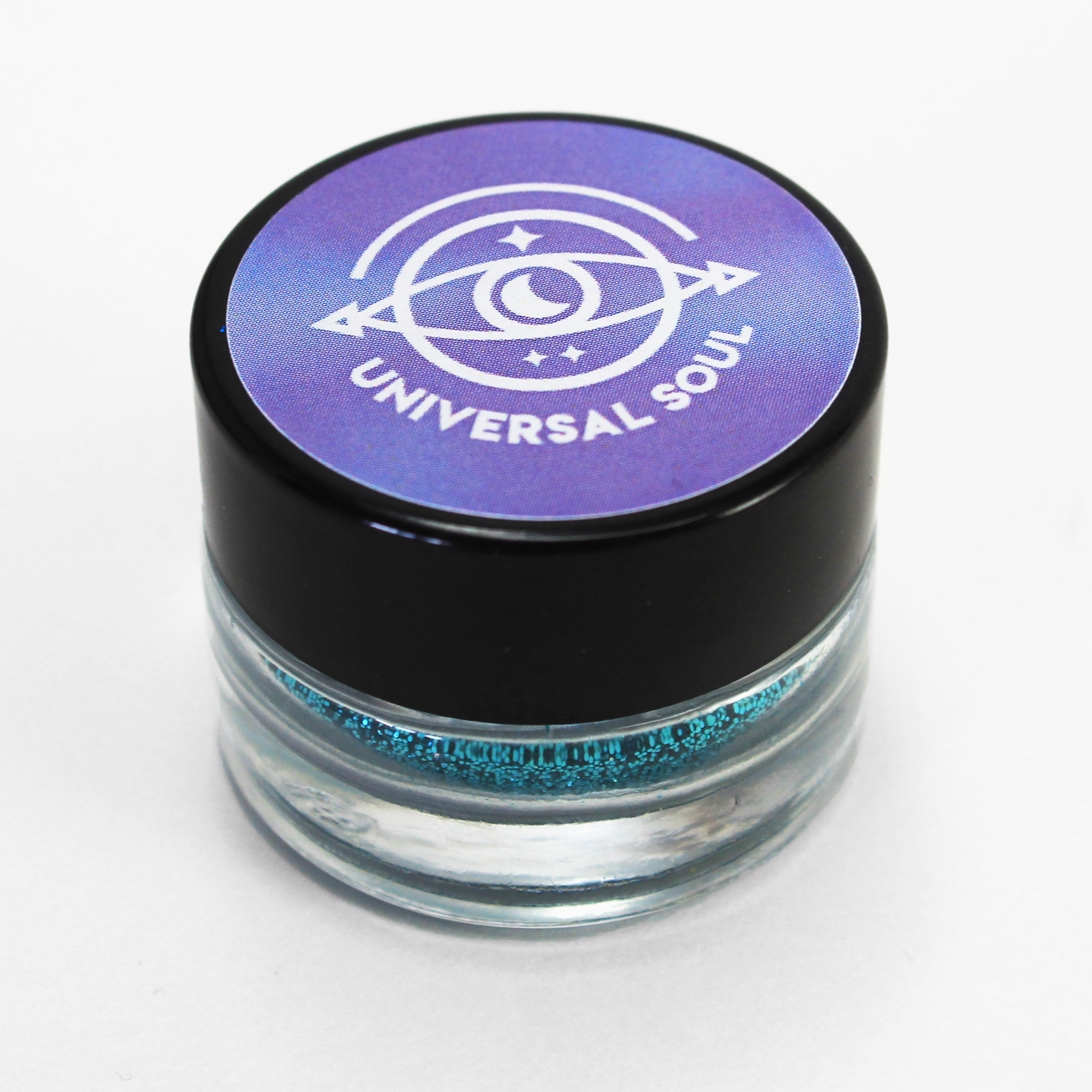
L.A.-based Universal Soul has developed a biodegradable glitter that is better than mica for blingy effects.
Once you’ve found your environmentally friendly glitter, what’s the best way to wear it without looking tacky? “On the eyes is definitely the easiest and to me, the most wearable,” says makeup artist Oz Zandiyeh. “I love the look of glitter liner. A thin swipe along the lash line adds just the right touch.”
How can you avoid the glitter getting where you don’t want it? “There are under-eye patches that can help catch product and not leave any fall out,” Zandiyeh says. “I do suggest starting with the eye and then doing the face. Using a firmer brush and a firm tapping effect instead of a brush on effect can aid in less fall out just as using a primer or base of some sort can help hold on the product during application.”
If you are using plastic glitter, what’s the best way to minimize its environmental harm? “Think about how you deal with products after use to reduce them getting into the water system, for example, by removing them before you shower,” says Anna Posacka, Research Manager for the Plastics Lab at OceanWise.
She also believes we need to set the problem in context. “A substantial amount of microplastics originate from the breakdown of larger litter, so we all need to curb our use of single-use plastics,” she says. “Another type of microplastic that is important is microfibres, which get into the system when we wash our clothes, so buy better products that are durable and won’t break down through washing. It is about being conscientious and taking steps to be less wasteful with our clothing, our products, and everything in our lives.”
________
Never miss a story. Sign up for NUVO’s weekly newsletter here.

